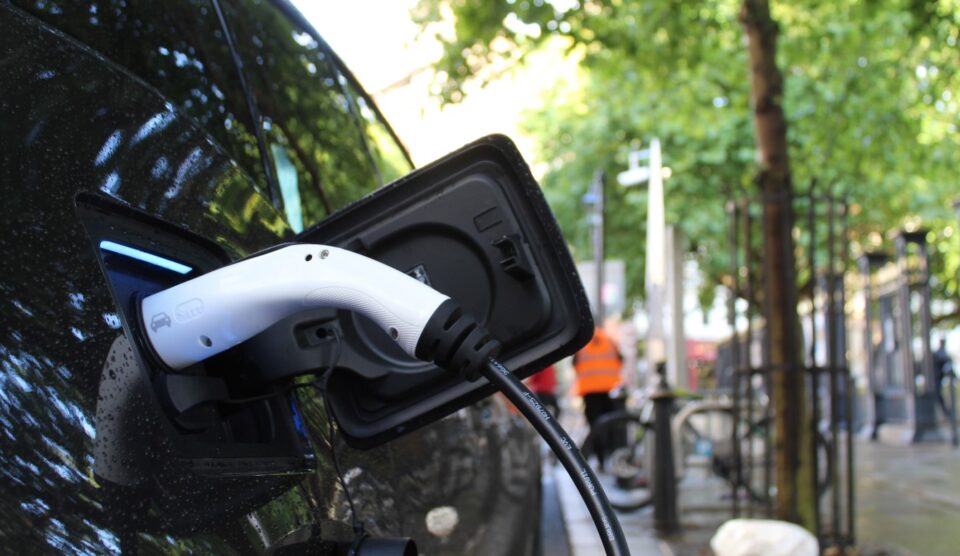Electric cars are gaining in popularity as more people transition from traditional gasoline-powered vehicles to greener, more environmentally friendly options. Here’s your guide to electric cars, covering benefits, costs, and essential considerations for those considering making the switch.
The Benefits
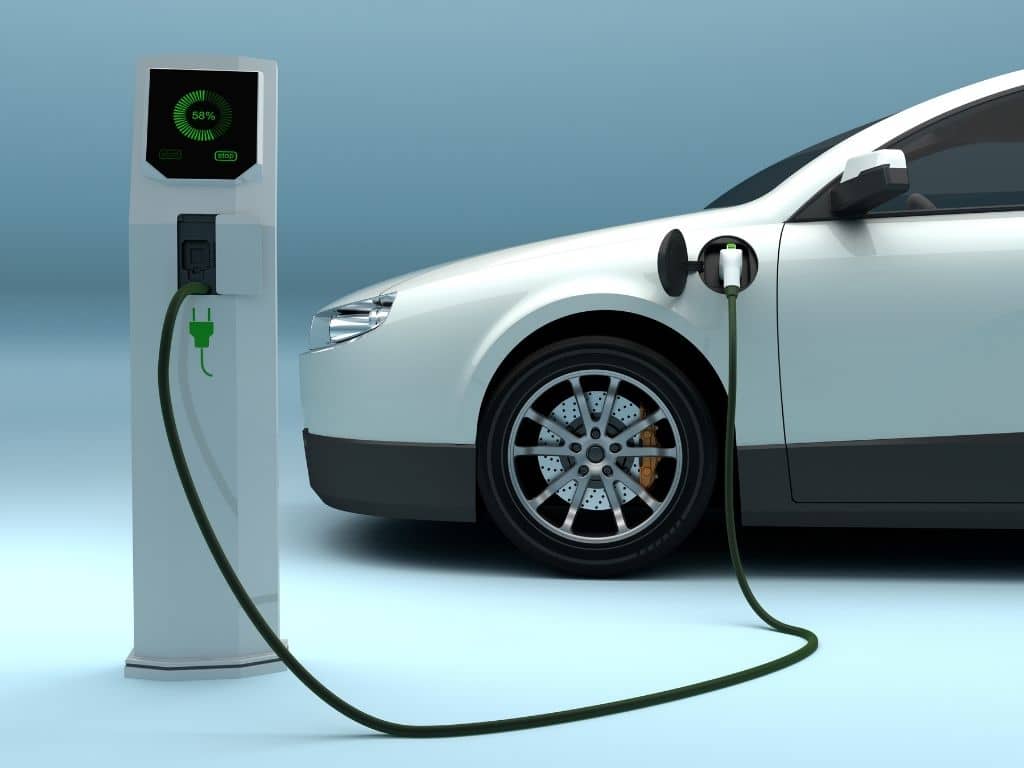
- Environmentally Friendly – Electric cars produce zero tailpipe emissions, helping reduce air pollution and positively impacting the environment.
- Energy Efficiency – These vehicles convert around 60% of their stored energy to power the wheels, while gasoline engines’ conversion rate is only 15-20% due to thermal losses.
- Reduced Noise Pollution – The electric motor’s operation is generally quieter than traditional internal combustion engines, decreasing noise pollution.
- Lower Operating Costs – Electricity is cheaper than gasoline, and electric cars have fewer moving parts, lowering maintenance costs as well.
The Costs
- Higher Upfront Cost – Electric vehicles tend to have a higher purchase price than traditional gasoline-powered counterparts due to the cost of battery technology.
- Battery Replacement – Over time, car batteries degrade and may need replacement, which can be expensive.
- Charging Infrastructure – Access to charging stations could require you to either pay monthly fees for public charging stations or invest in home charging equipment.
Headlights and Visibility
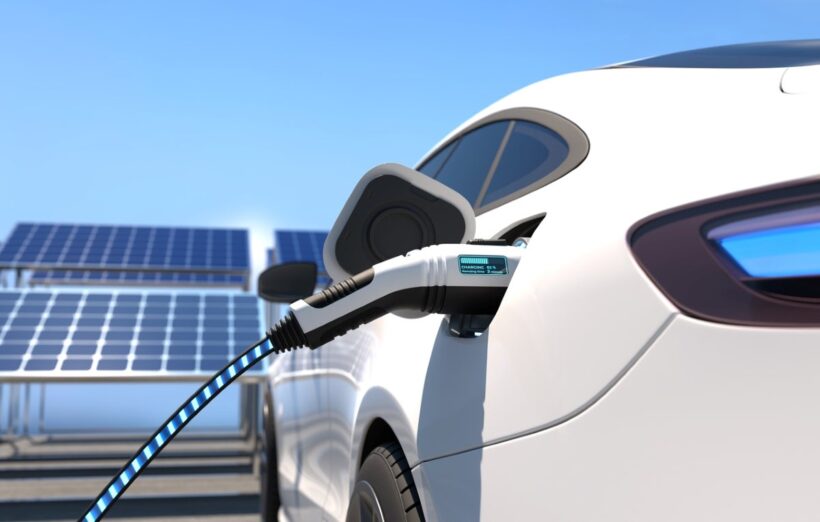
An important aspect of electric vehicle safety is ensuring proper lighting for nighttime driving and low visibility conditions. Upgrading to HID headlights can offer improved brightness, enhanced contrast, and better overall visibility, allowing drivers to navigate more safely and efficiently.
Proper Maintenance
Similar to conventional cars, electric vehicles require regular maintenance to ensure optimal performance. This includes checking and replacing tires, brake pads, and wiper blades. However, electric cars generally require less maintenance related to engine components, which can save money and reduce downtime. Ensure you understand the best practices for maintaining your car to prolong its life and performance.
Safety Features
Electric vehicles are designed with safety features similar to those in traditional vehicles. In addition to basic safety features like airbags, seatbelts, and anti-lock brakes, electric cars often have advanced driver-assist technologies such as lane departure warning, adaptive cruise control, and automatic emergency braking. Confirm that the vehicle you’re considering has adequate safety features for your needs and preferences.
Charging Electric Cars
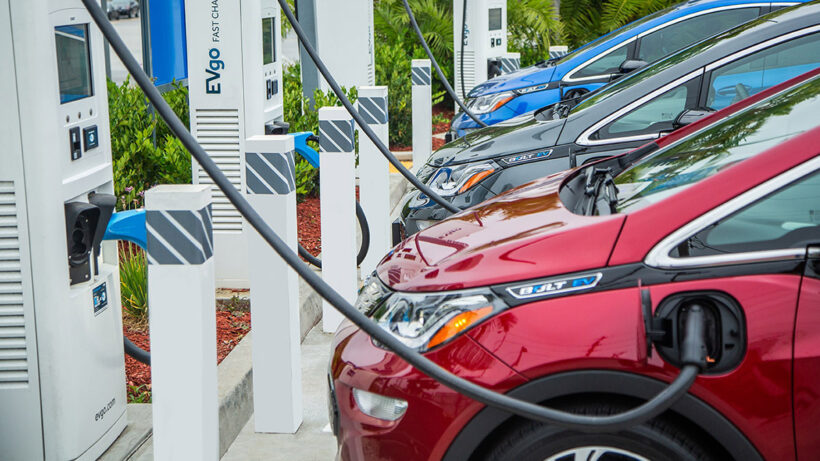
Charging infrastructure has been expanding steadily, and there are three primary charging options for electric vehicle owners:
- Level 1 – Home Charging: Level 1 charging uses a standard household outlet (120 volts) and typically provides 3-5 miles of range per hour of charging time.
- Level 2 – Public and Home Charging: Level 2 charging stations use 240 volts and can charge electric vehicles up to 5 times faster than Level 1 stations, offering 10-20 miles of range per hour of charging time.
- Level 3 – Public Charging: Also known as DC Fast Charging, Level 3 stations provide up to 100 miles of range in as little as 30 minutes. However, not all electric vehicles are compatible with this charging level.
Comparing Models
With more manufacturers offering electric vehicles, it’s important to compare different makes and models to find the best fit for your needs. Consider factors such as design, interior comfort, and technological features when comparing electric cars. Additionally, research user reviews and reliability ratings from trusted sources to make an informed decision on the electric vehicle that aligns with your preferences and lifestyle.
Range and Battery Capacity
Electric vehicle ranges vary widely based on battery capacity and vehicle efficiency. Understanding the expected range and comparing it to your driving needs is essential to ensure you select a feasible car choice.
Government Incentives and Rebates
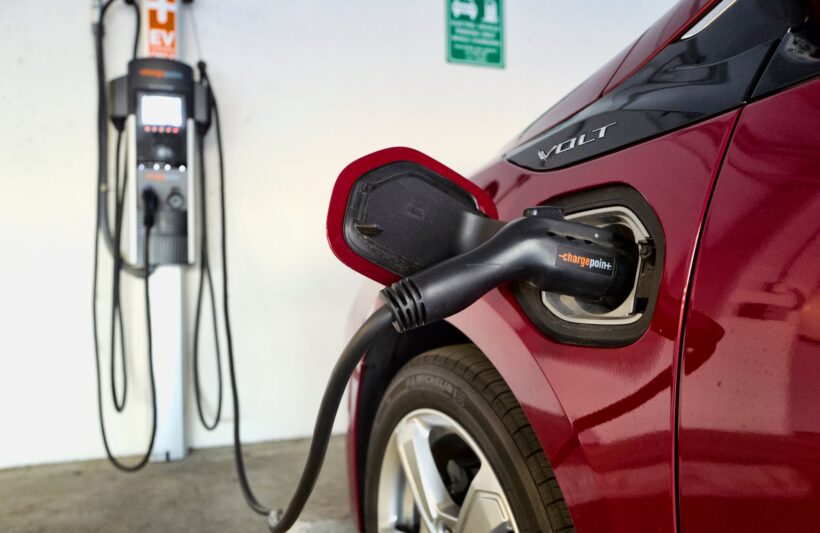
Many countries offer incentives for purchasing electric vehicles to promote their adoption. These incentives often come in the form of tax credits or rebates. It’s crucial to research available incentives in your area before purchasing an electric vehicle to maximize your savings.
Used Electric Cars
There are more used electric cars on the market now than ever before, providing even more affordable options for those looking to make the switch. Remember that battery capacity may have diminished over time for these vehicles; always check the specific car’s battery health before buying.
Transitioning from a traditional gasoline-powered vehicle to an electric car can be an exciting and environmentally-conscious choice. Understand the benefits and costs associated with electric vehicles, and carefully consider your driving and charging needs. Don’t forget to research government incentives and explore used electric car options to find the perfect fit for your lifestyle.

